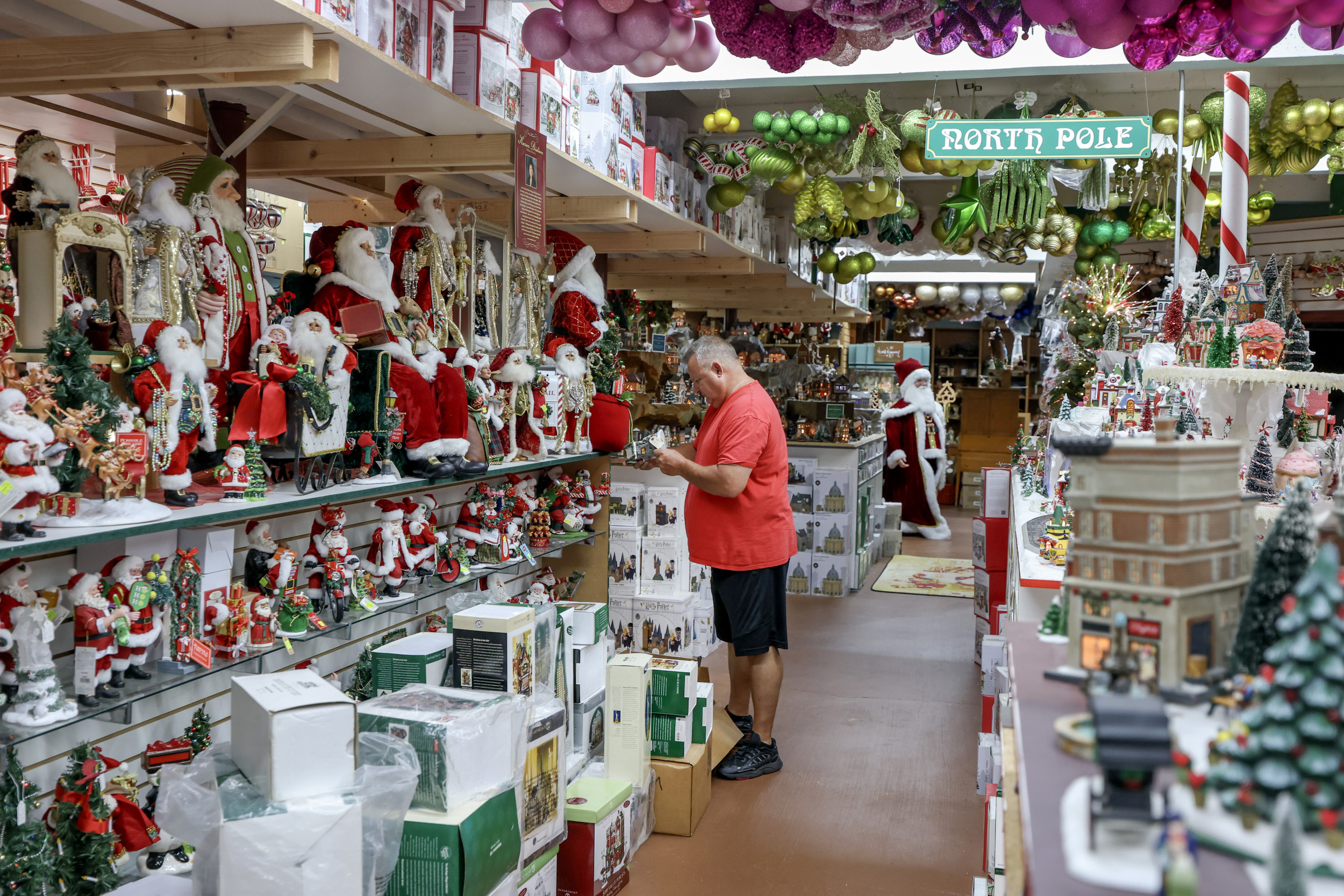
Certain sectors of the U.S. economy are projected to experience notable impacts from President Donald Trump‘s tariffs on Chinese imports.
Interos.ai, a supply chain risk management firm, has developed a “tariff simulator” to showcase the costs for each sector based on differing rates of import taxes.
According to the company’s calculations, based on official trade data, the toy industry will suffer the most if the 145 percent rate on Chinese imports remains in place. The sector would see a fiscal impact—the total cost of imports with the simulated tariffs applied—of $78.5 billion in 2025, based on the $32 billion worth of imports in 2024 and the additional $46.5 billion tariff impact.
Why It Matters
Representatives of import-reliant industries, including toys and apparel, have voiced concerns that Trump’s tariffs could spell disaster for businesses across the U.S. and raise costs for consumers who have become accustomed to affordable products from abroad.
What To Know
According to the simulator, should the administration reduce China’s tariffs to 50 percent—as was recently considered, according to a report from The Wall Street Journal—the total impact on the toy sector would fall to $48.1 billion.
In addition to the toy industry—whose representatives have already warned that tariffs could result in higher prices and empty shelves come the holiday season—other products are set to feel a pronounced impact from the administration’s policies.
Interos.ai calculated that the total cost of importing electric accumulators—energy storage devices also referred to as rechargeable batteries—would rise to $44.4 billion from $18.1 billion last year. For apparel, a sector similarly reliant on Chinese imports, this would increase to $38.5 billion from $15.7 billion.
The total trade in “articles of plastic” would more than double to $26.6 billion, with similar impacts for footwear ($25.2 billion) and domestic kitchen appliances ($22 billion).
Joe Raedle/Getty Images
In separate research from Interos.ai, shared with Newsweek, the company estimated that every year an estimated 457,000 importers bring in popular holiday items—such as clothing, toys, candy and jewelry—almost half of which are sourced from China, India and Hong Kong. In the four weeks following Trump’s “Liberation Day” tariff announcements, Interos.ai found that shipments of these goods had dropped by 53 percent compared to 2024 levels.
Port authorities on the West Coast have already noticed a drastic decline in Asian imports, warning that many retailers had “hit the pause button” on Chinese shipments. These effects, they said, could result in product shortages as far off as Christmas.
What People Are Saying
Ted Krantz, the CEO of Interos.ai, told Newsweek: “Holiday planning starts well before summer. If retailers are placing orders in June, they’re already behind. With 90 percent of trade moving by sea and lead times stretching from two to 10 weeks, delays are inevitable, especially in a volatile trade environment.”
He added: “Retailers now face a difficult trade-off: order early and pay more, or wait and risk stockouts. With tariffs adding new layers of uncertainty, businesses that rely on the old playbook may find themselves unprepared for the most critical shopping season of the year.”
Port of Los Angeles Director Gene Seroka said last week: “American importers, especially in the retail sector, are telling me that they have about five to seven weeks of normal inventory on hand today. … Many retailers and manufacturers alike have hit the pause button, stopping all shipments from China.”
Greg Ahearn, the CEO of the Toy Association, told Fox 5 in April: “We represent over 850 companies at the Toy Association, and a 145 percent tariff on toys imported from China is really untenable for every one of them. … A 145 percent tariff on those companies is really problematic and might actually put many of them out of business if it stays in place too long.”
What Happens Next
The administration has remained optimistic that it can reach a deal with Beijing, which would result in the country’s tariffs coming down “substantially.”
In testimony before the House Appropriations Subcommittee on Financial Services on Tuesday, Treasury Secretary Scott Bessent said the U.S. had not yet engaged in negotiations with China. The administration has confirmed, however, that officials will meet with a Chinese delegation during Bessent’s visit to Switzerland on Thursday.
